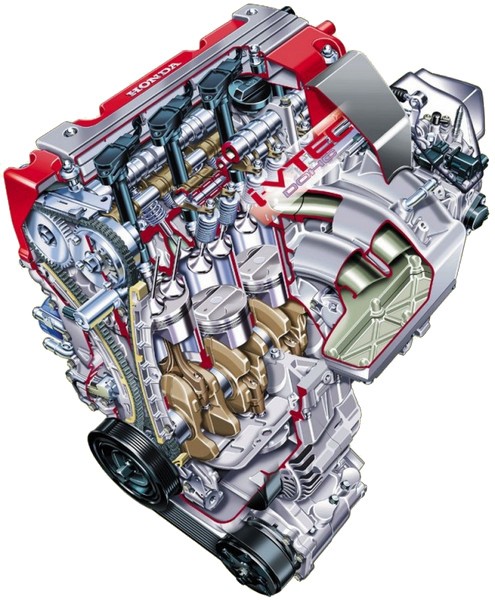
Opel Insignia 2.0 CDTi engine - everything you need to know
Content
The 2.0 CDTi engine is one of GM's most popular powertrains. General Motors manufacturers that use it in their products include Fiat, Jeep, Alfa Romeo, Saab, Chevrolet, Lancia, MG, as well as Suzuki and Tata. The term CDTi is mainly used for Opel models. Introducing the most important information about Option 2.0!
2.0 CDTi engine - basic information
The drive is available in various power options. The 2.0 CDTi engine is available in 110, 120, 130, 160 and 195 hp. Typical solutions include the use of a common rail system with Bosch injectors, a turbocharger with variable blade geometry, as well as the significant power that the drive unit is capable of generating.
Unfortunately, the engine has a number of drawbacks, which are primarily due to the rather emergency FAP / DPF system, as well as the double mass. For this reason, when looking for a good used car with this engine, you should pay special attention to the technical condition - not only of the vehicle, but also of the engine.
Technical data of the power plant
One of the most sought after diesel options is the 110 hp version. at 4000 rpm. It has good performance and relatively low fuel consumption. Its serial number is A20DTL and its full displacement is 1956 cm3. It is equipped with four in-line cylinders with a diameter of 83 mm and a piston stroke of 90,4 mm with a compression ratio of 16.5.
A Commonrail system was also used and a turbocharger was installed. Oil tank capacity is 4.5L, recommended grade is GM Dexos 5, specification 30W-2, coolant capacity is 9L. The engine also has a diesel particulate filter.
The fuel consumption of the power unit is within 4.4 liters per 100 km with CO2 emissions of 116 g per km. Thus, the diesel meets the Euro 5 emission standard. It accelerates the car to 12.1 seconds. Data taken from a 2010 Opel Insignia I model.
2.0 CDTi engine operation - what to look for?
Using a 2.0 CDTi engine will entail certain obligations, especially if one has an older engine model. The main thing is to regularly service the drive. It is necessary to periodically change the timing belt in the engine, every 140 thousand km. km.
Regular oil changes are also among the main preventive measures. The manufacturer's recommendation is to perform this maintenance at least once a year or every 15 km. km.
Also, care should be taken not to overload individual elements of the engine structure. The user must use the highest quality fuel and ensure that driving dynamics do not remain at a high level from the very beginning of the route - in the event of heavy braking in such conditions, the dual mass flywheel can be overloaded and significantly shorten its life.
Problems when using the drive
Although the 2.0 CDTi engine generally enjoys good reviews, there are some design flaws in the units found in Opel vehicles, among others. The most common malfunctions include a faulty diesel particulate filter, as well as a control system that can give misleading messages. It was such a big flaw that at one time the manufacturer organized a campaign during which he updated the engine management system and DPF.
In addition to the software failure, the DPF filter was problematic due to clogged valves. Signs included white smoke, rising oil levels, and excessive fuel consumption.
Malfunctions of the EGR valve and cooling system
A faulty EGR valve is also a common fault. After some time, soot begins to accumulate on the component, and due to the fact that it is quite difficult to disassemble and clean, there are problems in repair.
The 2.0 CDTi engine also had a faulty cooling system. This applied not only to the Opel Insignia, but also to Fiat, Lancia and Alfa Romeo cars, which were equipped with this power unit. The reason was the unfinished design of the water pump and coolant.
The symptom was that the engine temperature gauge changed its position uncontrollably while driving, and the coolant began to run out in the expansion tank. The cause of the breakdown is most often a malfunction of the radiator fin, leaking sealant and damaged water pump vanes.
